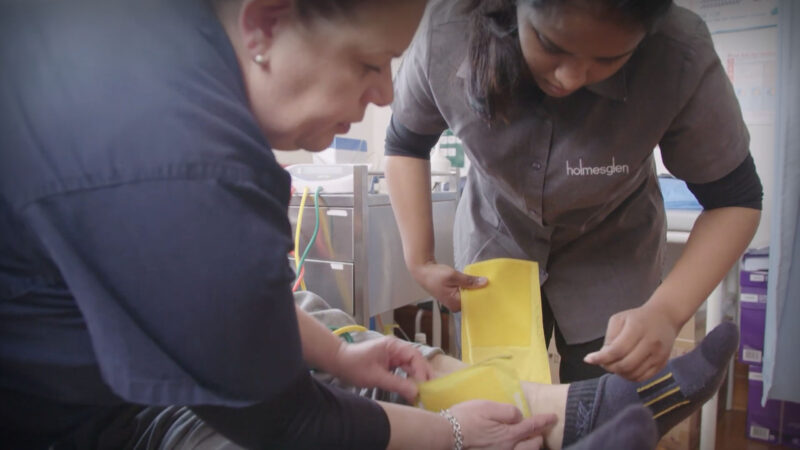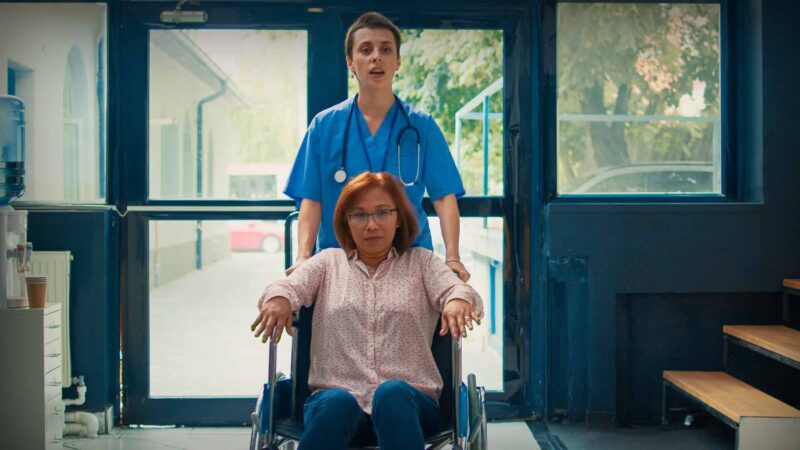MEDICAL RESEARCH INSTITUTES ASSOCIATION RESPONDS TO DRAFT NATIONAL RESEARCH STRATEGY National workforce plan welcomed, though concern remains on the indirect costs of research
With
Dr Saraid Billiards,
Chief Executive Officer
Association of Australian Medical Research Institutes (AAMRI)
SEGMENT
Filmed in Melbourne | October 2025
On 27 August 2025, the Minister for Health, Disability and Ageing announced the release of the draft National Health and Medical Research Strategy (the National Strategy).
The aims of the National Strategy are to build on Australia’s strengths in health and medical research and leverage Australia’s world leading research capability.
The developed strategy aims to attract researchers and investors, strengthen coordination and impact and improve health outcomes in communities.
Involved in the initial consultation phase, was the Association of Australian Medical Research Institutes (AAMRI), the peak body for medical research institutes across Australia. Member institutes work on a broad spectrum of human health issues such as preventive health, chronic disease, mental health, immunology and Indigenous health. Their research ranges from fundamental biomedical discovery through to clinical research and the translation of research findings.
AAMRI CEO Dr Saraid Billiards has been working Health, Ageing and Disability Minister, The Hon Mark Butler MP, his office and subsequently with Ms Rosemary Huxtable AO, who in November 2024 was appointed to develop the National Health and Medical Research Strategy.
Australian Health Journal spoke with Dr Billiards about the advocacy work of AAMRI, the reviews, reports, announcements and Phase 1 consultation period leading to the draft release. Consultation on the draft Strategy is open until 8 October 2025.
Source: Adapted from AAMRI release, NHMRC news story and Department of Health, Disability & Aged Care website.
You Might also like
-
Student nurse placements in primary health care
With an urgent need to manage increasing rates of chronic disease, an ageing population, and a rapidly-ageing primary health care nurse workforce, Australia desperately needs more primary health care nurses to enter the workforce before the current generation retires and cannot pass on its skills.
Most nurses start their career in a hospital. Historically, it was difficult for universities and tertiary education providers to arrange placements for student nurses in primary health care. However, the APNA Student Nurse Placement Program provides student nurses with a foot in the door to a career in vibrant primary health care settings such as general practice or community health to perform supervised activities.
-
Redefining diversity in clinical trials
Ensuring inclusion, diversity, equity and patient input in the development of novel drugs and medical devices has become well accepted in health care. However appropriate implementation of these elements has been a challenge for many. Only by implementing these conscious inputs can patient outcomes be improved and health disparities in marginalised groups be addressed.
Australian Health Journal spoke to Gillian Mason, Consumer and Community Involvement Lead at Hunter Medical Research Institute in Newcastle, NSW on this topic discussed at the recent ARCS Conference in Sydney.
-
Connected Health Systems
Challenges in health care delivery have compounded, with clinical staff being exposed to the Omicron COVID variant. Reduced staffing has brought on its challenges to most already-strained state health care systems and the people working in them.
However, over the past 2 years of the pandemic, technology has played an increasing role on the front end for patients and consumers at home and clinicians in the medical setting. Much more is planned in technology that will deliver efficiency, reduce risk and make available new models of care. This has the potential to touch the working lives of all stakeholders and recipients of care.



